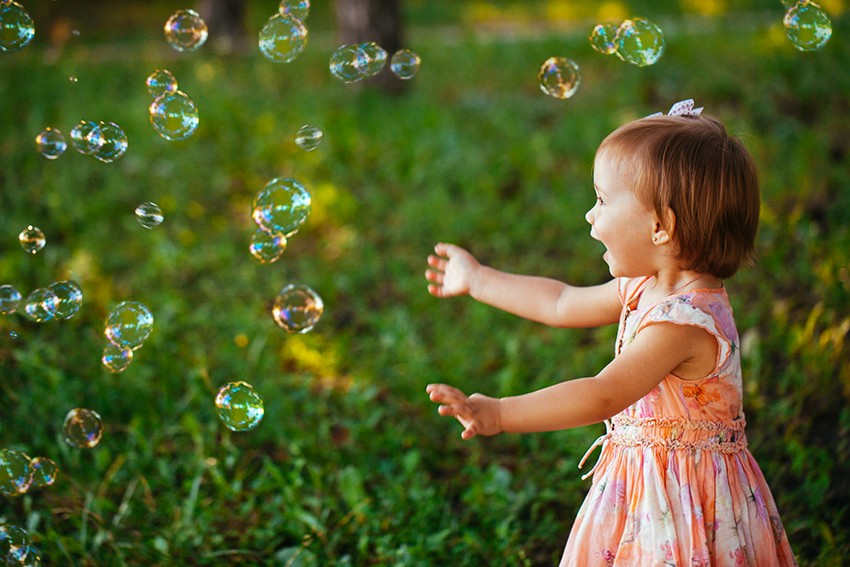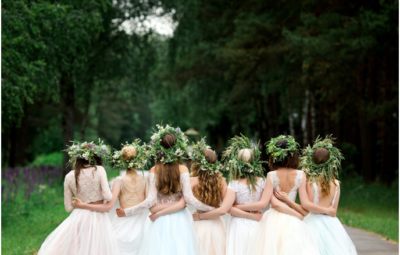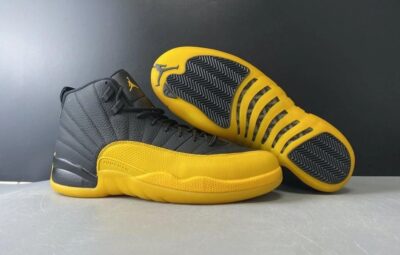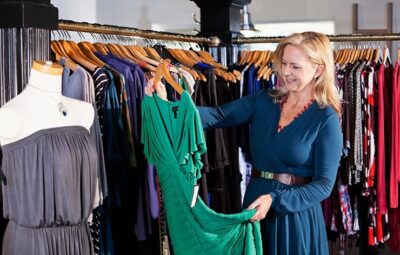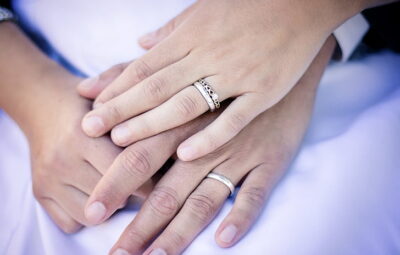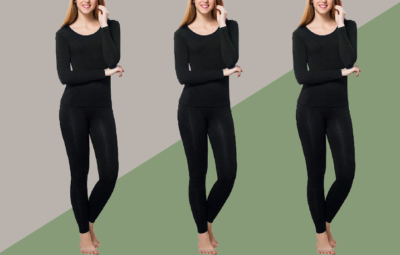Introduction –
Many people know that bubble games are an interesting game that you can play with your kids. But there are many people who don’t find this game very interesting. It is because they don’t know the benefits of this game for toddlers. Also, there are many toddlers who don’t know what a soap bubble is made of. Most of them would make guesses. The bubble soap or soap bubble is composed of air, water, and soap, and in some cases, glycerine. A bubble soap which you can get from bubble guns also, is an air molecule trapped inside soap and water molecules. Bubble science is fascinating, and it is also very interesting for kids to learn many things from bubble games and the science behind them.
Celebrate birthdays with bubbles!
You can also celebrate a bubble birthday bash for your kid’s birthday, and you can trust that more than cutting the cake, your child will be interested in the bubble pop-up game. You can transform the entire room with the bubble paradise through the use of bubble gun toy. One of the things that you will know is that bubble gun toys are easy to use, and they can be operated even more easily, both by you and your kid. Bubbles are easy to play, and they provide an opportunity for all ages of people to learn about different scientific concepts and much more. Let’s look at how bubbles form. You should know that soap molecules are very flexible, and water molecules are very stretchy. So, when the two of them are combined, an incredible lightweight, stretchy soap film is developed.
Shape of the Bubbles
Many curious kids are there who have this question on their mind: why are bubbles not in the shape of a star, triangle, or square? When there is a combination of water and soap, the molecules amalgamate together and create a soap film that has no or little volume, meaning it is completely flat. Surface tension is created when you add volume or blow the bubble. Liquids can get stretched due to the surface tension factor. So, it is with soap and water that it stretches around the extra volume, which traps the air inside. When this happens, the film of the soap will expand into a round shape because spheres are the most efficient and strongest geometric shape and they take up less space. Therefore, when volume is added to the soap film, it expands into a spherical shape and makes a perfect round bubble.
Rainbow Colours in the Bubble
When blowing out the bubbles, many kids notice that the soap film is shining with rainbow colours, and they also have a curiosity to know what causes the rainbow hues. why there is a magical rainbow orb. Since the bubble is made of air, soap, and water, they are all see-through, so when people blow a bubble, the light waves enter inside it from all angles and reflect both the inner and outer surfaces of the bubble. Since the bubble floats around, the colours appear to be changing. It is because of the thickness of the soap that the water layers create a specific colour combination, which you call a rainbow. Then, there are multiple colours of light waves that bounce around and overlap, creating even more colour combinations. These colour combinations are known as interference colours, and they include all the rainbow colours.
Flying Bubbles: How Is It Possible?
Many kids think that bubbles are flying in the air, but the fact is that science tells us that bubbles are not flying; they are actually floating. The bubble film and the air that is trapped inside are extremely light. When they are floating in the air, you watch bubbles go on top of CO2 (carbon dioxide) gas molecules in the air outside. The density of the gas means how tightly the molecules are packed together; the molecules that have less room to move around have a high density. Molecules don’t have the room to bounce around each other and have low density. As a result, the less dense air molecules inside the soap and water bubble can ride on top of the dense carbon dioxide gas molecules in the outside air, pushing the bubble up and away, causing it to float.


